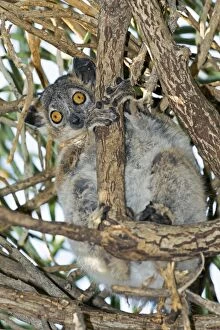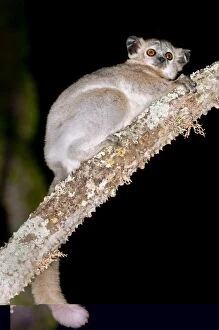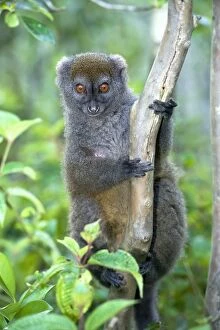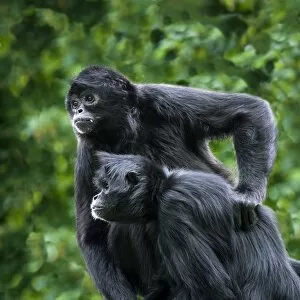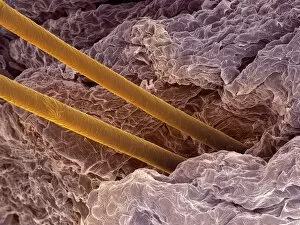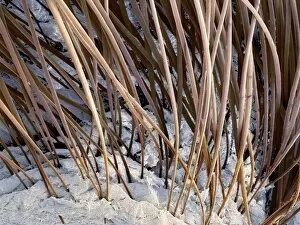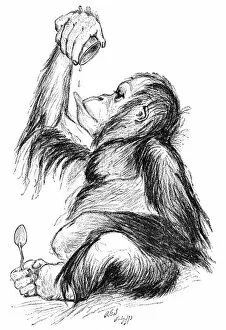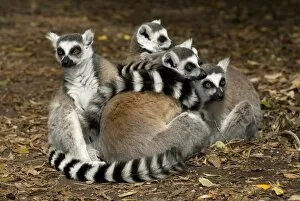Primatology Collection (page 4)
"Exploring the Fascinating World of Primatology
All Professionally Made to Order for Quick Shipping
"Exploring the Fascinating World of Primatology: From Western Lowland Gorillas to Chimpanzee Skulls" Step into the captivating realm as we delve into the astonishing diversity and complexity of our primate relatives. Witness the majesty of a Western lowland gorilla, its stuffed specimen C016 / 4880 serving as a testament to their sheer power and grace. Venturing further, we encounter the enigmatic mountain gorillas - C014 / 0994 and C014 / 0983 - whose existence in remote habitats reminds us of nature's resilience. Their presence evokes both awe and concern for their conservation. Intriguingly, an orangutan seated while relishing a juicy fruit showcases their remarkable intelligence and resourcefulness. Meanwhile, mischievous squirrel monkeys flit through trees with boundless energy, reminding us of the playful side within all primates. Amidst this tapestry lies the white-bellied spider monkey gracefully navigating tree branches, while a brown capuchin monkey peers curiously from above. These arboreal acrobats exemplify adaptability in diverse environments. Beyond observing these incredible creatures, primatology extends its reach beyond biology alone. Economics research merges with conceptual artwork to explore how primate societies mirror certain aspects of human economic systems – an intriguing parallel between two seemingly disparate worlds. Delving deeper into our evolutionary past, artistic renderings depict Paranthropus boisei anatomy (artwork C013 / 9582) alongside Homo ergaster (artwork C013 / 9576), offering glimpses into ancient hominin species that once roamed Earth's landscapes. The crested black macaque captures attention with its striking appearance – showcasing nature's penchant for uniqueness even within species boundaries. Finally, a chimpanzee skull reveals intricate details such as brain dome, eye sockets, deep flange protruding jaw with large canines when viewed from the side, reminding us of our shared ancestry with these intelligent beings.


